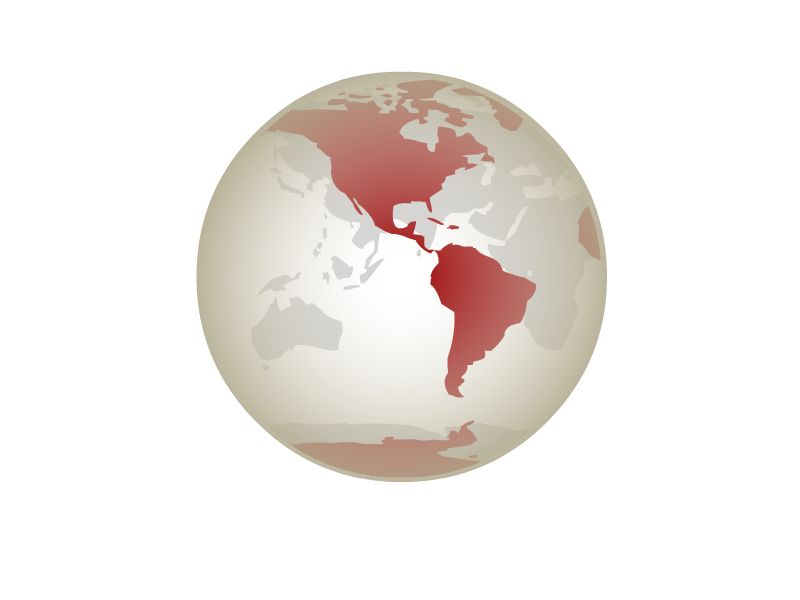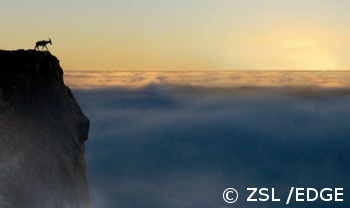
The paper and its updated list of mammals evaluates the effect of an updated phylogenetic tree, the discovery of new mammal species, changes to global IUCN Red List status, and trials a new technique for dealing with polytomies (unresolved evolutionary relationships between species ) that better represents their implied uncertainty.

Given that large numbers of evolutionarily distinct species are inadequately served by existing conservation strategies, the priority must be to fast-track the necessary Red Listing and phylogeny-building exercises for new groups of species, to ensure that an imminent loss of large quantities of our global evolutionary heritage does not occur” Said Dr. Ben Collen lead author of the publication.
As a result of the updated method in EDGE prioritization, the list of top 100 mammal species has undergone only a few changes, with six species dropping out of the top 100, replaced by six formerly lower ranked species.
Species moved into the EDGE top 100 mammals:
Ethiopian water mouse (Nilopegamys plumbeus)
Sclater’s Shrew (Sorex sclateri)
San Cristobal Shrew (Sorex stizodon)
Large Rock Rat (Cremnomys elvira)
Kondana soft-furred Rat (Millardia kondana)
Dinagat bushy-tailed Cloud Rat (Crateromys australis)
The following EDGE species have move down in ranking as a result of the changes in species knowledge, but most remain just shy of the top 100 with the exception of the Brown-headed Spider Monkey:
Marley’s Golden Mole (Amblysomus marleyi)
Brown-headed Spider Monkey (Ateles fusciceps)
Lorenz Von Liburnau’s Woolly Lemur (Avahi occidentalis)
Blunt-eared Bat (Tomopeas ravus)
Banded Hare Wallaby (Lagostrophus fasciatus)
Read Investing in evolutionary history: implementing a phylogenetic approach for mammal conservation in Philosophical Transaction of the Royal Society B. at Https://rstb.royalsocietypublishing.org/content/366/1578/2611.abstract
Here at EDGE we never tire of staying at the forefront of conservation science and action .
